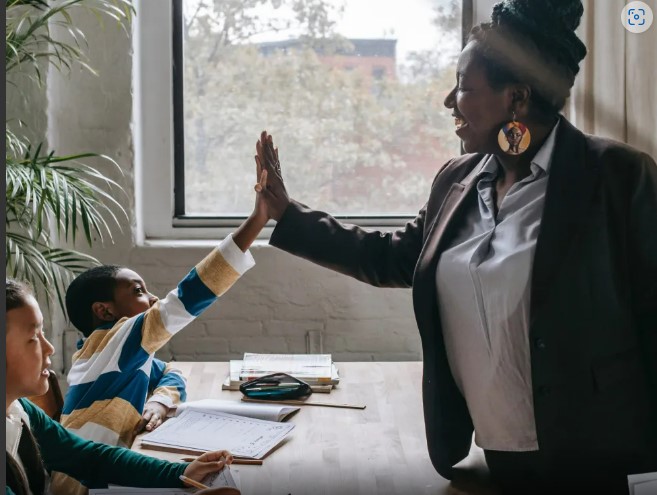Whether it’s autism or dyslexia, emotional disturbances, or a hearing impairment, it’s easy for students with disabilities to get lost in the classroom. As a result, they might behave in ways their teachers and peers don’t understand — and their teacher may lack the training, or empathy, to meet their needs.
These behaviors are often criminalized, and students with disabilities find themselves funneled into the juvenile justice system — the school-to-prison pipeline.
But a new report, “Unlocking Futures” by the National Center for Learning Disabilities, seeks to call attention to the intersectional failure of the educational, justice, and disability systems to provide youth with disabilities the education they deserve during their time in juvenile detention.
According to the report, as many as 70% of youths involved in the juvenile justice system have a disability. Instead of a linear pipeline where kids go straight from school to incarceration, the report notes that “justice-involved youth with disabilities are likely to rotate in and out from school to prison and back again.”
In that system, there are even fewer resources for students to thrive academically and emotionally.
“We’ve seen an increased discussion on the criminalization of youths and school discipline practices and what that means for students of color and students of color with disabilities,” Lindsay Kubatzky, director of policy at NCLD, tells Word In Black. “We wanted to dig into this issue to determine what was happening there and what possible solutions we can elevate to decrease the number of students with disabilities who are being put into a juvenile justice system that’s not serving them.”
It Starts in the Classroom
The NCLD’s research focused on K-12 children with a range of disabilities, and they found a student’s path into the juvenile justice system often begins with something as simple as misinterpreted behavior, placement in a more restrictive educational setting, or increased discipline at higher rates than their peers.
Jessica Snydman, a policy research associate at NCLD, says there is a need for educators and school leaders to understand students with disabilities and handle their behavior in appropriate ways that don’t land them in the carceral system.
“We did research in 2019 that found that 1 in 3 teachers viewed students with learning or attention issues as laziness,” Snydman. says. “Only 17% felt well prepared to teach students with mild to moderate learning disabilities.”
The Impact of Anti-Black Racism
Data compiled by the ACLU shows that in 2020, Black youths overall were 2.3 times more likely to be arrested than white youths. Students with disabilities are almost three times more likely to be arrested than their nondisabled peers. The intersection of these stats feeds the pipeline into the carceral system.
Black students with disabilities are more likely to be on the receiving end of “exclusionary practices,” which “include both in-and out-of-school suspensions, as well as expulsions and other punitive measures that remove students from the classroom.”
The report points out that “Black boys with disabilities specifically are the most frequently suspended group of students.”
Black girls aren’t faring much better. “Black girls specifically are 2.7x more likely to receive a juvenile justice referral compared to White girls,” wrote the authors.
Being removed from the classroom “has detrimental social, emotional, and academic impacts, causing students to fall behind and disengage from the school community.” The result is that “students are more likely to engage in delinquent behavior.”
Snydman says preventing this cycle starts with schools implementing “reformative justice-based practices, diversion programs, healthy school communities, safe environments,” and avoiding what she calls “school hardening.”
According to the report, school hardening is a phrase that describes common yet ineffective “practices and policies that increase tactical security measures in schools, such as the use of metal detectors, surveillance technology, limiting entrance points, arming teachers, and more.”
Breaking the School-to-Prison Cycle of Kids with Disabilities




